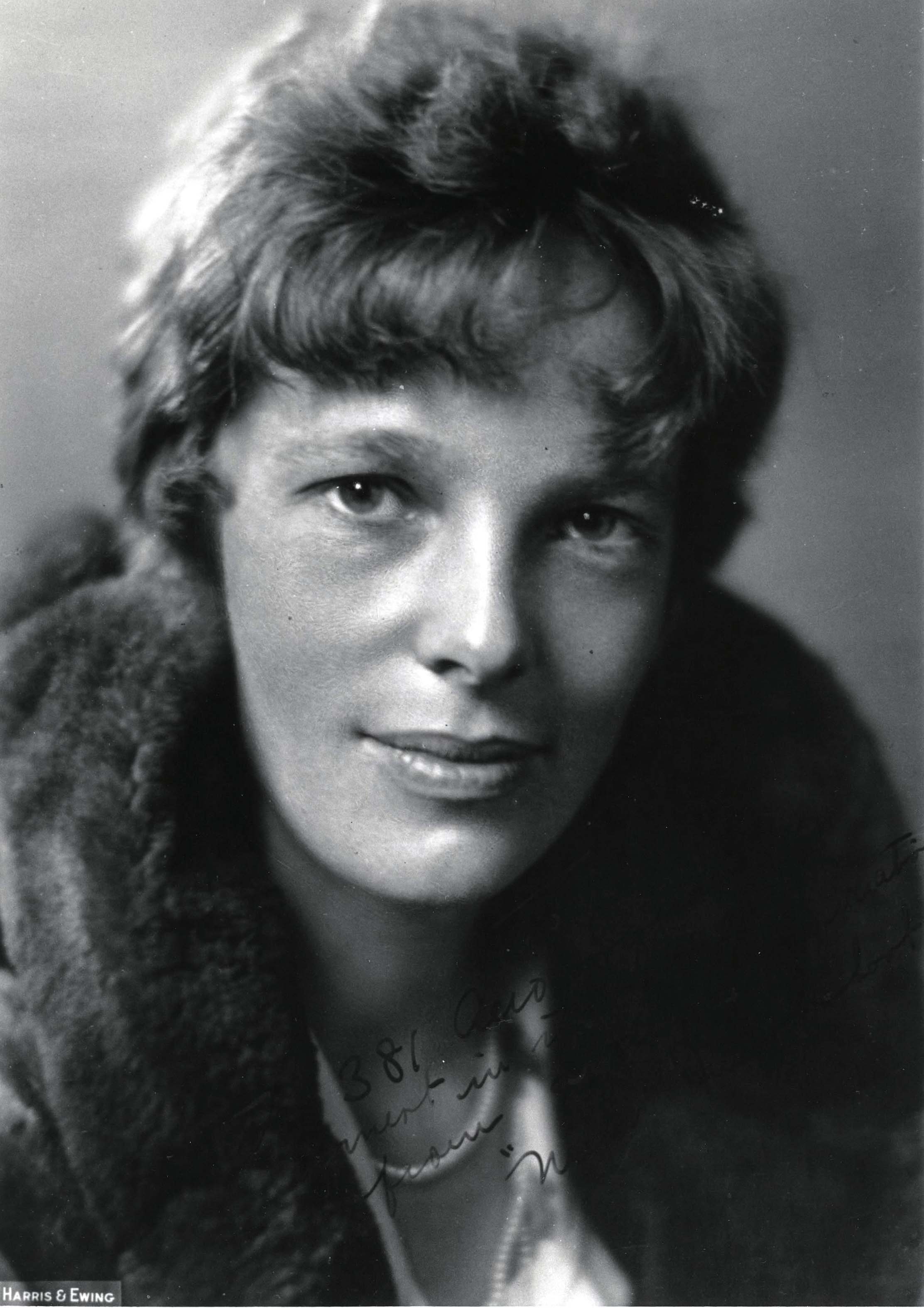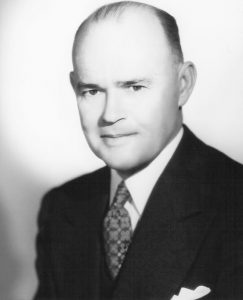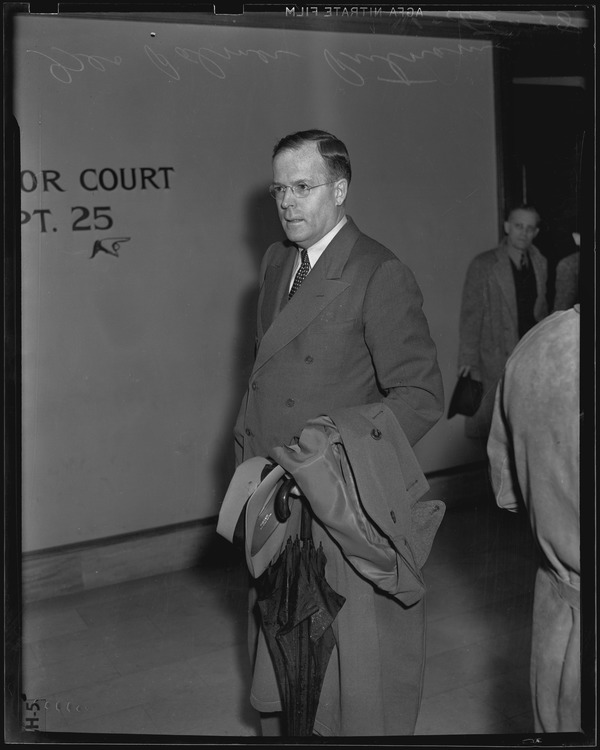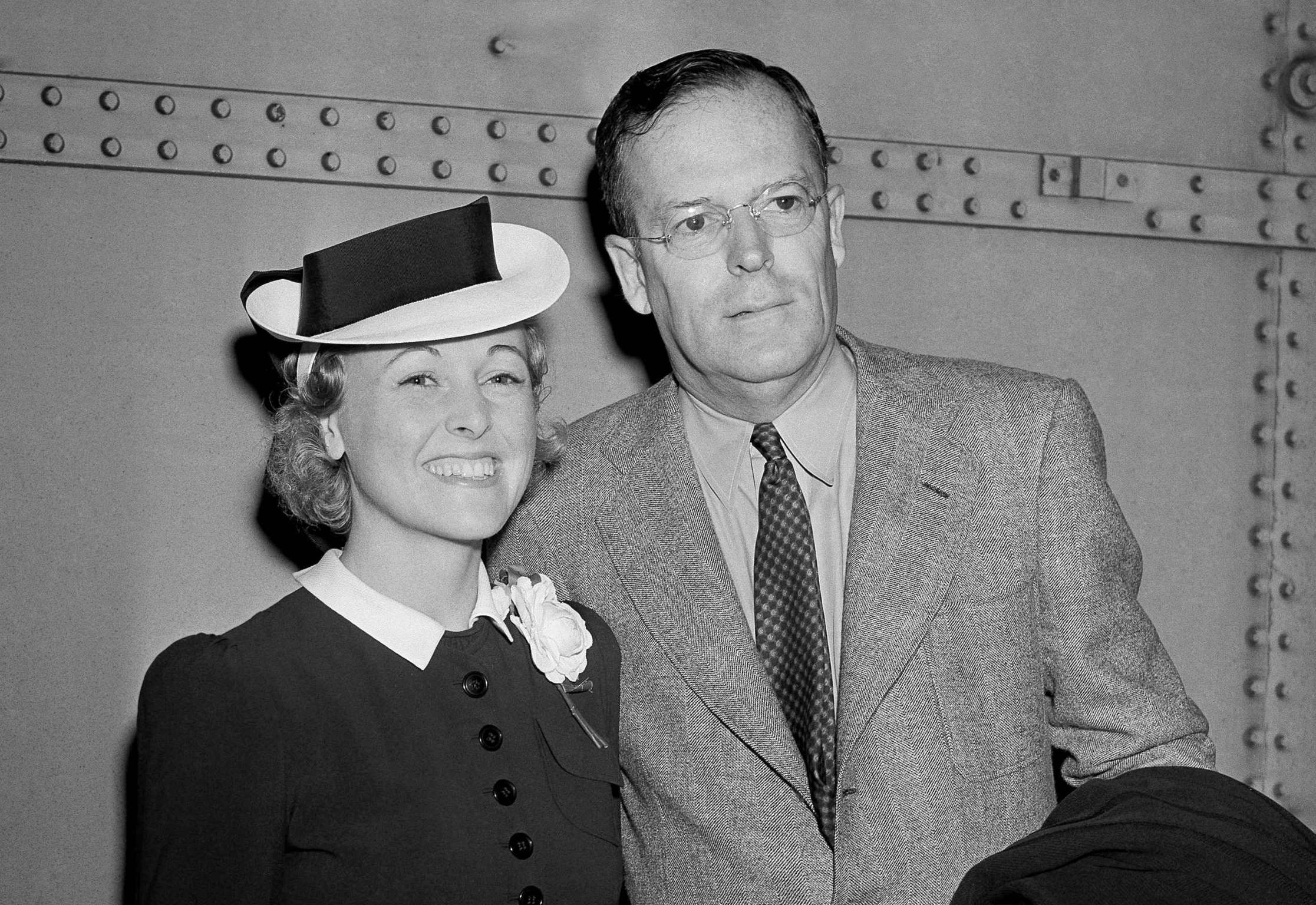

5 January 1939: After she had been missing for 18 months, Judge Clarence Elliot Craig of the Superior Court of the County of Los Angeles County declared Amelia Mary Earhart legally dead in absentia,¹ at the request of her husband, George Palmer Putnam II. She and navigator Fred Noonan disappeared while enroute from Lae, Territory of New Guinea, to Howland Island in the Central Pacific, 2 July 1937.
George Palmer Putnam and Amelia Earhart had met in 1928 while he was interviewing prospects for a transatlantic flight to be sponsored by Mrs. Amy Phipps Guest. She was selected to make the flight and became the first woman to fly the Atlantic Ocean, aboard Donald Woodward’s Fokker F.VIIb/3m, Friendship, which was flown by Wilmer Stutz and Louis Gordon. (See This Day in Aviation, 17–18 June 1928) They were married 7 February 1931 at his parents’ home in Noank, Connecticut.

Judge Craig appointed Mr. Putnam as the executor of Earhart’s estate, which contemporary news reports said was “estimated at more than $10,000.”
Amelia Earhart Declared Dead
Court Names Husband of Lost Aviator as Executor of Estate
Amelia Earhart, ill-fated aviator who was lost during an attempt to girdle the earth at the Equator in an airplane 17 months ago, yesterday was declared dead in a Los Angeles probate court.
Five minutes later Superior Judge Elliott craig named her husband, George Palmer Putnam, Hollywood publisher and writer, sole executor of an estate estimated at more than $10,000.
CALLED EXTRAORDINARY
Acknowledging as extraordinary the procedure of declaring a person legally dead less than seven years from the date of disappearance, Judge Craig reasoned that Miss Earhart’s death could not be classified as usual.
To bolster his petition, Putnam had presented to the court a thick file of affidavits from naval officers and Department of the Interior officials who led the search for his lost wife in the South Pacific during the first week of July, 1937.
LOG IN EVIDENCE
The log of the Navy cutter Itasca was given as evidence that a thorough search for the aviator, lost on the homeward leg of her globe flight with her navigator, Capt. Fred Noonan, had proved beyond a shadow of a doubt that she was dead.
Judge Craig set July 2, 1937, as the exact date of Miss Earhart’s demise.
Miss Earhart’s will, dated April 1, 1932, made at Rye, N.Y., named Putnam as executor. He will get all her personal property. The remainder goes into a trust fund of which the income will be sent to her mother, Mrs. Amy Otis Earhart of Medford, Mass., quarter-annually.
—Los Angeles Times, Vol. LVIII, Friday, 2 January 1939, at Page 2, Column 4
Less than five months later, on 21 May 1939, Mr. Putnam married Mrs. Jean-Marie Cosigny James, an author, at Boulder City, Nevada. This was Putnam’s third marriage. It would end in divorce in 1945.

¹ Superior Court of the County of Los Angeles, Probate Case File 181709
© 2018, Bryan R. Swopes
Thank you!
Great article. Judge Clarence Elliott Craig, was my 2nd great uncle.
Thanks, Lynn. 🙂
I’ve always been a big admirer of Amelia’s accomplishments. I do believe if it wasn’t for her relationship with GP, that the round the world flight would not have come to fruition.
Due to his relationship with Amelia Earhart, Putnam has been the subject of numerous feature and documentary films including: Amelia Earhart (1976) with John Forsythe portraying Putnam. In Amelia Earhart: The Final Flight (1994), Bruce Dern played him. The documentary Amelia Earhart: The Price of Courage (1993) from American Experience also featured the Putnam-Earhart marriage.[21] Richard Gere portrayed Putnam in the 2009 movie, Amelia.[22]
….and Amelia’s place as a legend is confirmed
In my opinion, there were many other women who were better pilots and who accomplished more, but did not have the publicity support of George Palmer Putnam to promote them. Their names have mostly faded into history, but I try to educate the modern public about them.
Agreed, Bryan. You do an outstanding job with educating us on so many great aviatrixes. Thank you!